Market Growth Projections
The Global Automotive Tire Market Industry is projected to witness substantial growth in the coming years. With a market value of 151.1 USD Billion in 2024, it is anticipated to expand significantly, reaching 449.6 USD Billion by 2035. This growth trajectory indicates a compound annual growth rate of 10.42% from 2025 to 2035, reflecting the increasing demand for tires driven by various factors such as vehicle production, technological advancements, and changing consumer preferences. The market's expansion is likely to create new opportunities for manufacturers and suppliers, fostering a competitive landscape that encourages innovation and quality improvements.
Growing Vehicle Production
The Global Automotive Tire Market Industry is experiencing growth driven by an increase in vehicle production worldwide. In 2024, the market is valued at 151.1 USD Billion, reflecting the rising demand for tires as more vehicles are manufactured. Countries such as China and India are leading in vehicle production, contributing significantly to this growth. As automotive manufacturers ramp up production to meet consumer demand, the need for high-quality tires becomes paramount. This trend is likely to continue, with projections indicating that the market could reach 449.6 USD Billion by 2035, suggesting a robust expansion in the automotive sector.
Rising Demand for Electric Vehicles
The increasing adoption of electric vehicles (EVs) is significantly influencing the Global Automotive Tire Market Industry. As governments worldwide implement policies to promote EV usage, the demand for specialized tires designed for electric vehicles is on the rise. These tires are engineered to support the unique weight distribution and performance characteristics of EVs, ensuring safety and efficiency. The growing EV market is expected to contribute substantially to the overall tire market, with projections indicating a potential market size of 449.6 USD Billion by 2035. This trend underscores the importance of adapting tire offerings to meet the evolving needs of the automotive landscape.
Increasing Focus on Safety Regulations
The Global Automotive Tire Market Industry is also influenced by the increasing focus on safety regulations across various regions. Governments are implementing stricter standards for tire performance, durability, and safety, compelling manufacturers to enhance their product offerings. Compliance with these regulations not only ensures consumer safety but also fosters innovation in tire design and technology. As manufacturers invest in meeting these standards, the market is likely to experience growth, with projections suggesting a compound annual growth rate of 10.42% from 2025 to 2035. This regulatory environment is expected to drive the demand for high-quality, compliant tires.
Technological Advancements in Tire Manufacturing
Technological innovations in tire manufacturing are a pivotal driver for the Global Automotive Tire Market Industry. Advancements such as the development of eco-friendly materials and smart tires equipped with sensors enhance performance and safety. These innovations not only improve fuel efficiency but also extend the lifespan of tires, appealing to environmentally conscious consumers. As manufacturers adopt these technologies, the market is poised for growth, potentially achieving a compound annual growth rate of 10.42% from 2025 to 2035. This shift towards advanced tire technology is likely to reshape consumer preferences and drive market dynamics.
Expansion of E-commerce and Online Sales Channels
The expansion of e-commerce and online sales channels is reshaping the Global Automotive Tire Market Industry. Consumers increasingly prefer the convenience of purchasing tires online, leading to a surge in online tire retailers. This shift not only broadens market access but also enhances competition among tire manufacturers, driving innovation and pricing strategies. As more consumers turn to digital platforms for tire purchases, the market is likely to see an increase in sales volume and revenue. This trend aligns with the projected growth of the market, which could reach 449.6 USD Billion by 2035, reflecting the changing dynamics of consumer behavior.
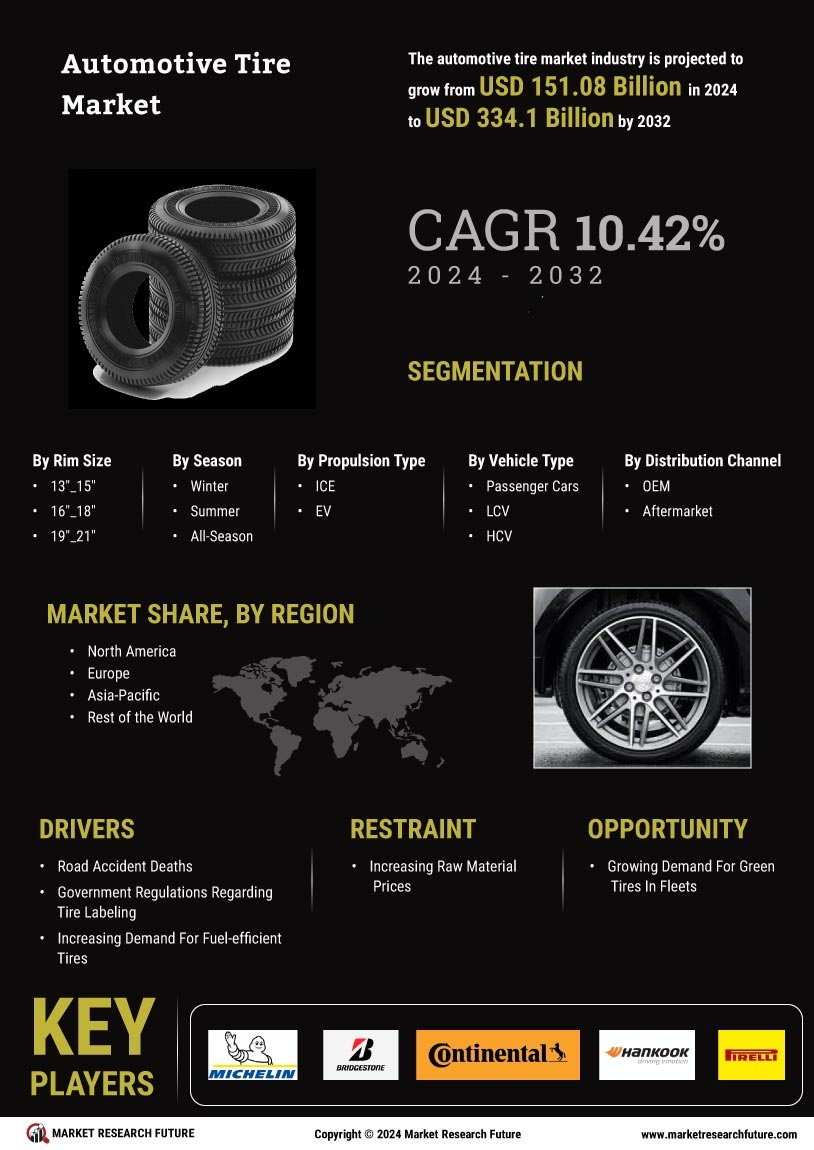

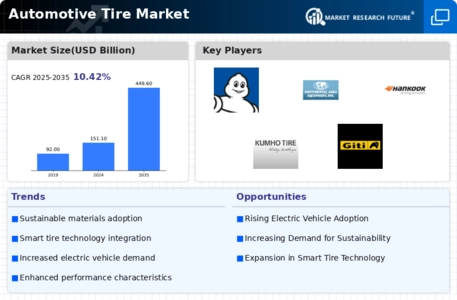
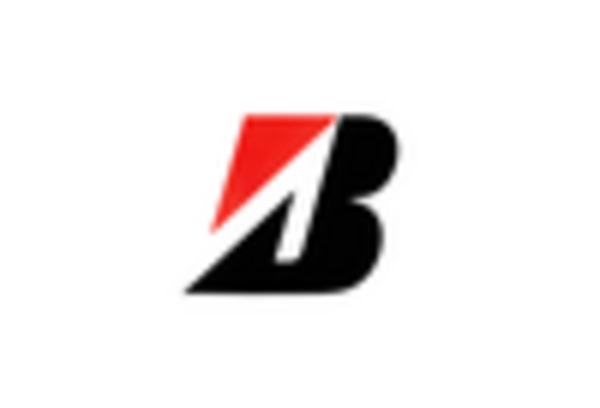

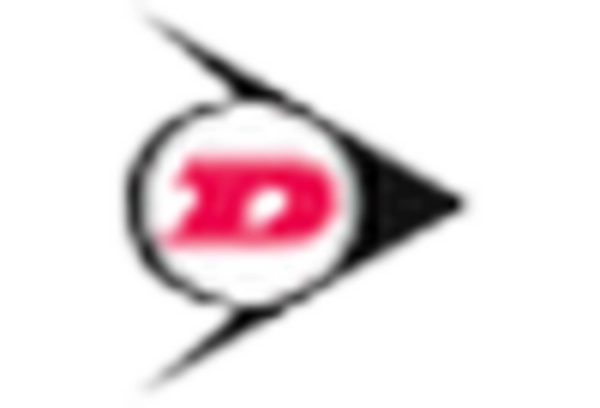


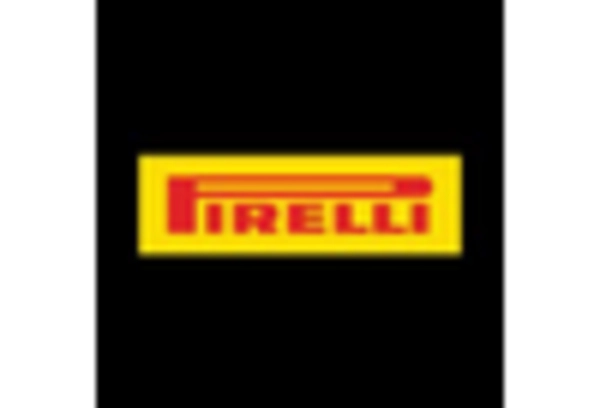








Leave a Comment